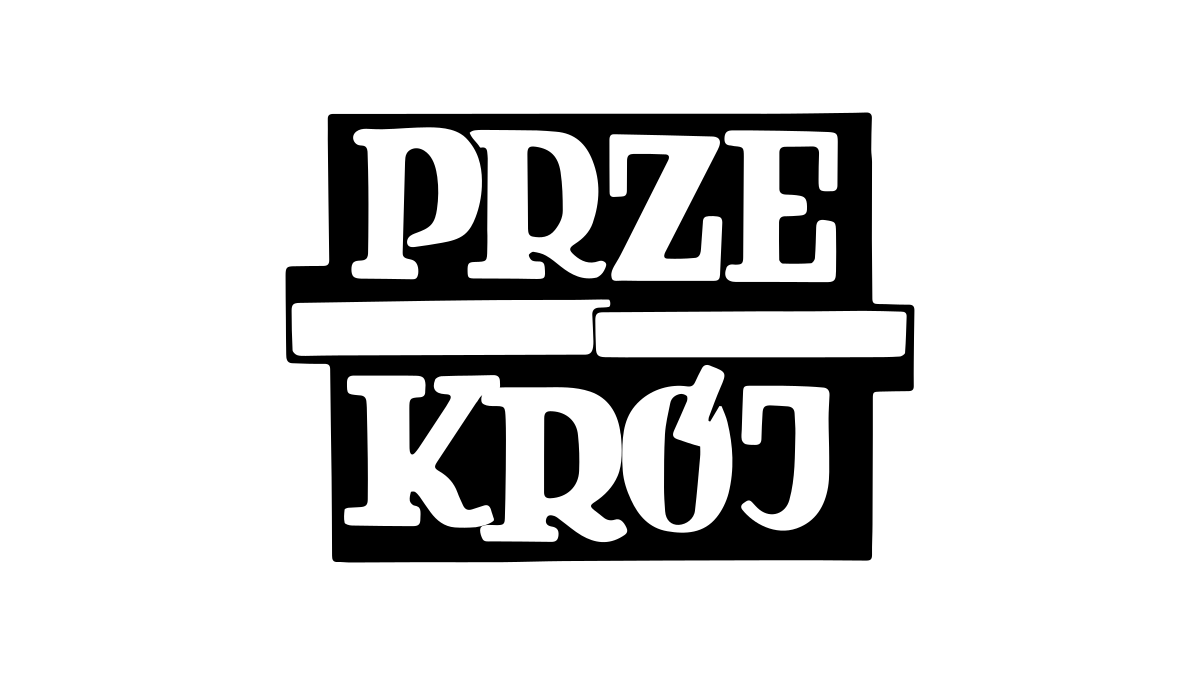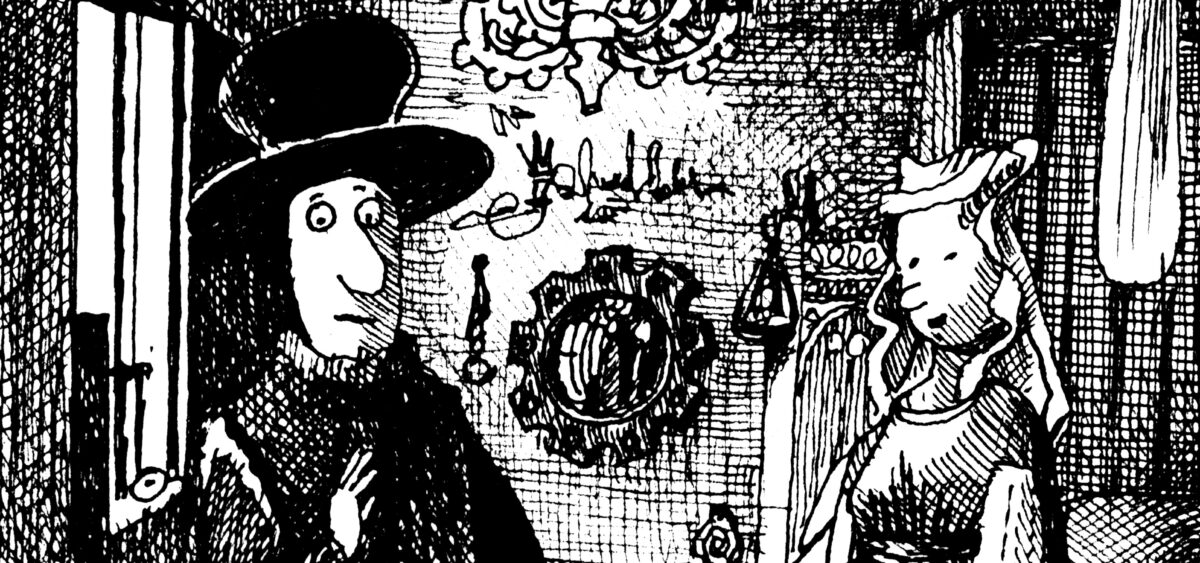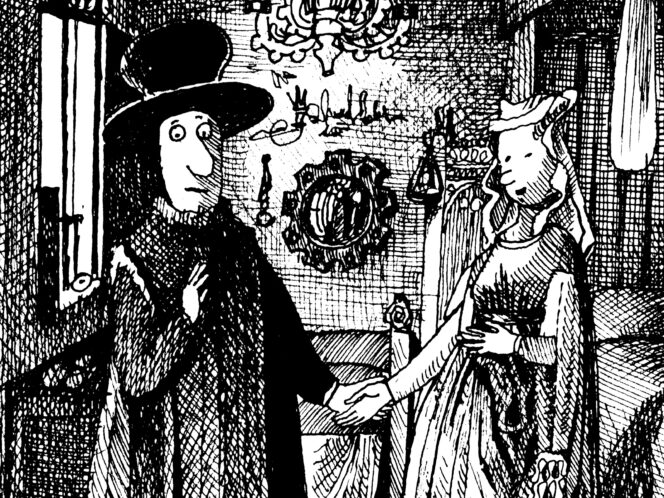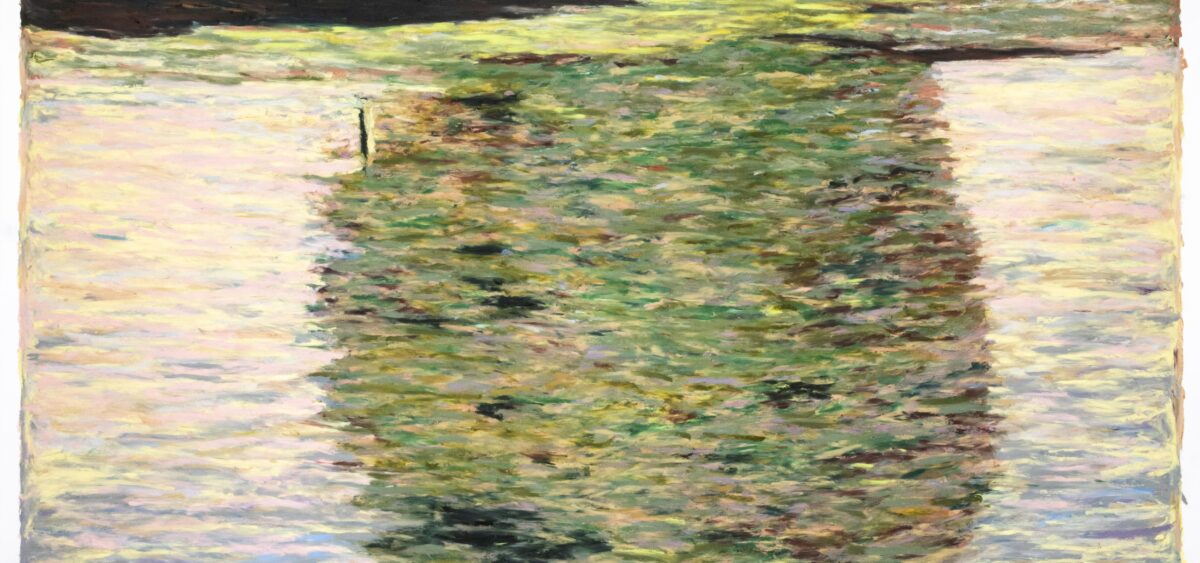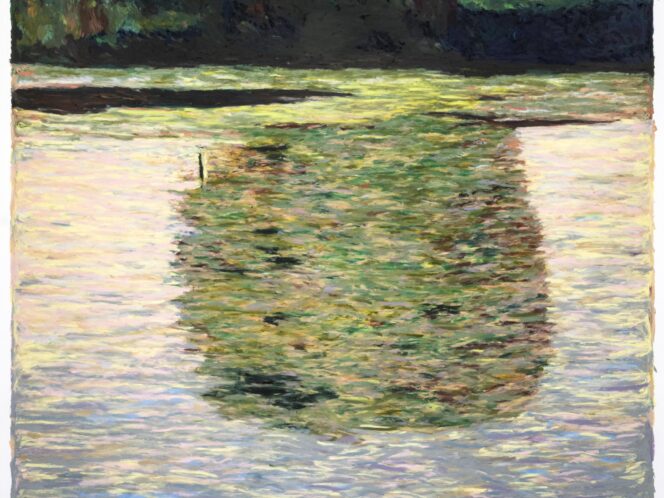
Dogs are known for their fidelity. But what about the fidelity of drawings and paintings that depict them?
The oldest known cave depictions of dogs can be found in today’s Saudi Arabia: they are petroglyphs, or carvings made in rock. It is estimated they are around eight thousand years old. They were created in an era when what is modern-day Arabia was inhabited by tribes of hunter-gatherers that domesticated the dog, or, really, the wolf. Images found on rocks around the cities of Jubbah and Shuwaymis in the northwest of the country show dogs accompanying archers. And, because tey’ve survived up to modern day, we are able to see hunting scenes from thousands of years ago.
These images of dogs are surprisingly lifelike. We can see diverse specimens of the species: small and large individuals. Lifted tails may indicate happiness or excitement, and their shape signals which breed they might conceivably represent. The silhouette of the rock dog resembles that of the Canaan dog—of average size, similar to a spitz. It originates from pariah (semi-wild) dogs and was bred in Israel.
